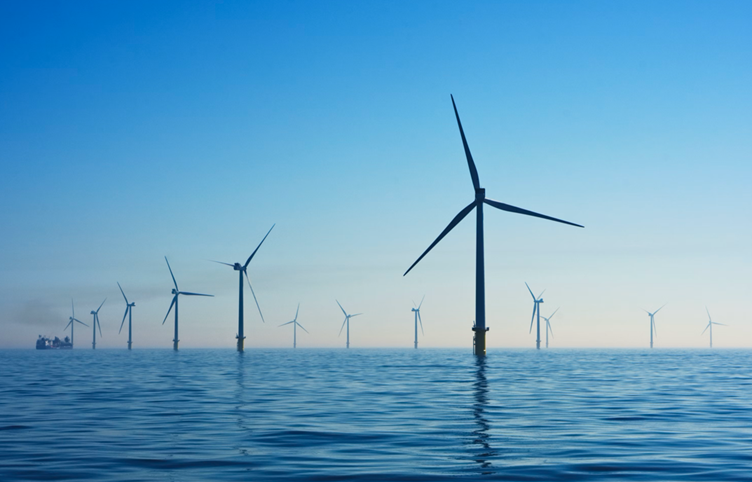UK Offshore Wind: An Ambitious Target or an Impossible Dream?


The UK government has set an ambitious target: 50GW of offshore wind capacity by 2030. Given that it has taken 25 years to build the existing 15GW, the idea of adding another 35GW in just five years seems overly optimistic. However, the reality is more nuanced than a simple yes or no.
Whilst 50GW may appear to be a steep climb, significant progress is already underway. In addition to the 15GW currently operational, another 16GW is under construction, and a further 7GW has been consented. This brings the total pipeline to 38GW, suggesting that the UK is well on its way to meeting the target. However, the government has subtly hedged its bets by revising the 2030 goal to a range of 43–50GW rather than committing to a firm 50GW figure. Even at the lower end of this spectrum, the target remains challenging, particularly since not every consented project will necessarily reach construction.
One of the biggest hurdles to offshore wind expansion has been financial viability. Without the right economic incentives, developers have struggled to make a sustainable business case for new wind farms. This issue was starkly highlighted by the disastrous results of Allocation Round 5 (AR5) of the UK's Contract for Difference (CfD) scheme in 2023, where no new offshore wind projects secured funding. Recognising the need for reform, the government has now taken steps to make offshore wind projects more attractive to investors.
The CfD scheme, which guarantees a stable income for renewable energy projects, has been a cornerstone of the UK's offshore wind success. However, as the industry has evolved, the government is now proposing several key reforms to ensure continued growth:
These measures demonstrate the government's clear commitment to ensuring offshore wind remains an attractive and viable investment. If successfully implemented, they could provide the much-needed boost to keep the UK on track for its ambitious targets.
There is no denying that reaching 50GW by 2030 remains an ambitious goal. While the pipeline of projects suggests progress, significant challenges persist. Supply chain constraints, inflationary pressures, and the complexity of scaling up offshore wind infrastructure in such a short timeframe all pose substantial hurdles.
Nevertheless, these latest CfD reforms represent a step in the right direction. If they succeed in reviving investor confidence and facilitating smoother project development, the UK offshore wind industry could experience a much-needed resurgence. Whether the 50GW target is ultimately met or not, the coming years will be crucial in determining the trajectory of the UK's offshore wind sector.
One thing is certain: the next few years will be a defining period for offshore wind in the UK. Whether the goal proves aspirational or achievable, the industry is gearing up for an exciting and potentially transformative journey.
By Nick Terry, Associate Director, SLPE
Sources: